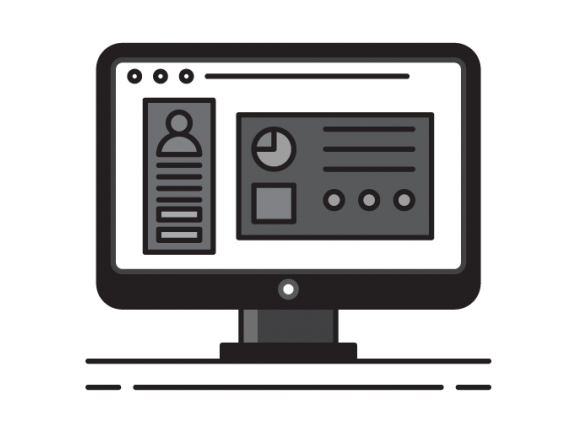Overview with Relevant Information
With our MANAGEMENT DASHBOARD, you get a usable overview with easy access to all relevant information, where you simultaneously can follow up on the incident or crisis.
Your Needs, Your Plans
We set up the contingency plan or plan for continued operation together with you, so you have plans that make sense in your specific case. We assist with needs assessment and risk analysis.
Practice Makes Perfect!
To truly increase your internal preparedness and cooperation with external parties, we strongly advise you to practice relevant scenarios and handling incidents. See, for example, our case on Carlsberg, who was both nationally and internationally prepared for the Corona crisis, because they have become used to crisis management by ongoing incident handling and exercises.
A large-scale exercise may be best, but smaller ones can often suffice. At least regularly review the elements of your plan. With a focus on identifying gaps, but also keeping the plan operational and understandable. Educate staff as much as possible and continuously refresh the most important elements. Have the most important points clearly described and easily accessible.
Plans improve from facing reality, and they become easier to follow if you have actually trained them. Before the crisis or accident hits.



